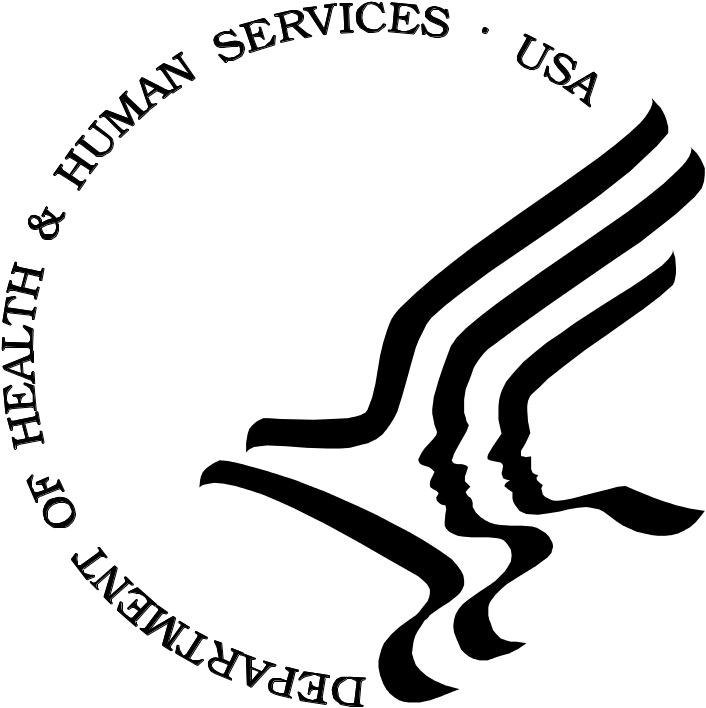10 day letter to Margo Schwab - justification for request
QDRL OMB-10-day letter-SmokingDentalHealth 0709.doc
NCHS Questionnaire Design Research Laboratory
10 day letter to Margo Schwab - justification for request
OMB: 0920-0222
 DEPARTMENT
OF HEALTH & HUMAN SERVICES Public
Health Service
DEPARTMENT
OF HEALTH & HUMAN SERVICES Public
Health Service
Centers for Disease Control and Prevention
 National
Center for Health Statistics
National
Center for Health Statistics
3311 Toledo Road
Hyattsville, Maryland 20782
July 8, 2009
Margo Schwab, Ph.D.
Office of Management and Budget
725 17th Street, N.W.
Washington, DC 20503
Dear Dr. Schwab:
The staff of the NCHS Questionnaire Design Research Laboratory (QDRL) plans to conduct research on questions developed by the Office of Smoking and Health (OSH), as well as a dental health question for the Division of Oral Health (DOH), both in the National Center for Chronic Disease Prevention and Health Promotion (NCCDPHS), CDC under (OMB No. 0920-0222, exp. 02/28/10). We propose to start advertising for volunteer participants as soon as we receive clearance, and to start testing as soon as possible after that.
Background Information about Cognitive Testing of Questionnaires
The methodological design of this proposed study is consistent with the design of typical cognitive testing research. As you know, the purpose of cognitive testing is to obtain information about the processes people use to answer survey questions as well as to identify any potential problems in the questions. The analysis will be qualitative.
Proposed project: OSH Smoker’s Willingness to Use Tobacco Cessation Products and Services and DOH Dental Health
This project will conform to the usual QDRL procedures for cognitive testing of a questionnaire module.
The Division of Oral Heath (DOH), National Center for Chronic Disease Prevention and Health Promotion (NCCDPHP), Centers for Disease Control and Prevention (CDC), has requested our services in testing a new question on oral health (see question 22a,b,c). The QDRL conducted previous testing on oral health questions for (DOH) in 2006.
The Office on Smoking and Health (OSH), National Center for Chronic Disease Prevention and Health Promotion (NCCDPHP), Centers for Disease Control and Prevention (CDC), has requested the services of the QDRL to test an instrument on smokers’ willingness to use tobacco cessation products and services.
Tobacco use is the most significant preventable cause of diseases and premature deaths in US. As the hub for scientific and programmatic information exchange and the lead office within CDC for policy and programmatic issues related to comprehensive tobacco use prevention and control, OSH not only disseminates scientific and technical information on tobacco use and health both nationally and globally but also analyzes policy issues related to tobacco and health; conducts surveillance and epidemiologic and economic analysis of tobacco use; produces the Surgeon General’s Report and other reports to Congress pertaining to tobacco use and health; and provides states with technical assistance in implementing and evaluating tobacco control interventions and translating science into action through health communications.
We propose to recruit 25 total participants (aged 18 years and over). Twenty participants who may have experience using products and services to quit smoking will be recruited through a combination of newspaper advertisement and flyers. The newspaper advertisement/flyer is shown in Attachment 1. An additional five participants who have never smoked cigarettes will be recruited from our QDRL Subject Database of previous interviewed participants. Within these constraints, we hope to recruit participants with some demographic variety (particularly in terms of gender, education, race/ethnicity and income).
Interviews will be conducted in the QDRL, or in a private room of a community facility with as many as 25 respondents for 60 minutes each. With the consent of the participants, the interviews will be video recorded. Participants will be informed of taping procedures (including observation if applicable) in the process of reviewing the consent forms, and the equipment will be turned on once it is clear that the procedures are understood and agreed upon.
The testing instrument is shown in Attachment 2. At the end of the interviews, participants will be paid and provided with copies of all papers they signed.
We propose paying participants $40, which is our standard payment. In total, for this project, the maximum respondent burden will be 25 hours of interviewing in addition to travel time. An updated burden table for this project is shown below:
-
Projects
Number of
Participants
Number of
Responses/
Participant
Average hours
per response
Response
burden
QDRL Interviews
2) Other questionnaire testing
25
1
1
25
Attachments (2)
cc:
M. Moien
M. Daneshvar
S. Perryman
| File Type | application/msword |
| File Title | DEPARTMENT OF HEALTH & HUMAN SERVICES |
| Author | krs0 |
| Last Modified By | mxm3 |
| File Modified | 2009-07-08 |
| File Created | 2009-07-08 |
© 2025 OMB.report | Privacy Policy